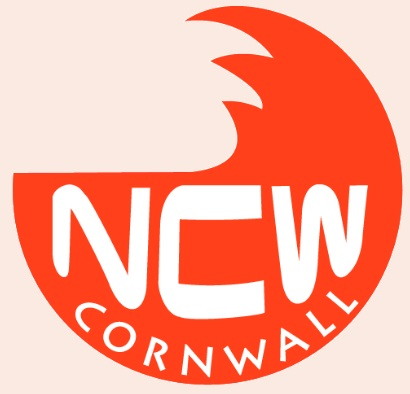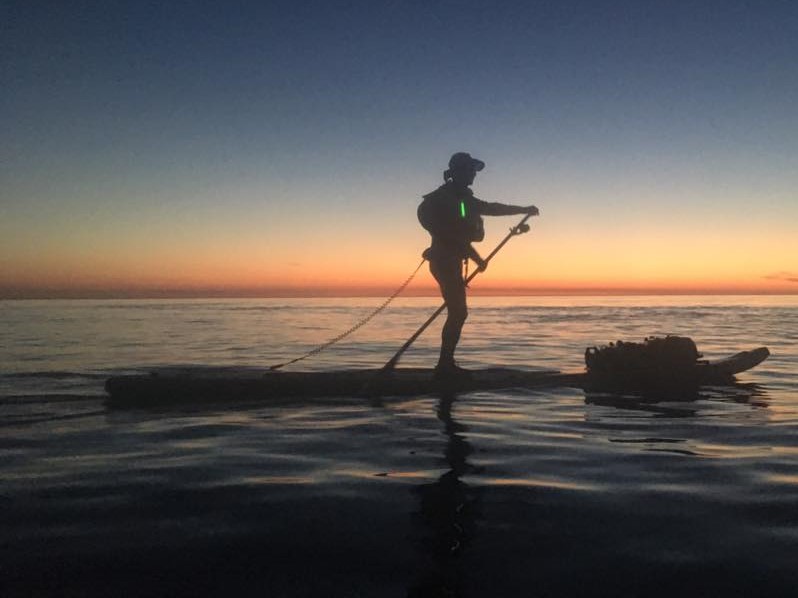News
Straight and true – Tony Bain SUP rider profile
Tony Bain is a character… A Kiwi transplant to North Wales TB has considerable experience with a paddle. He’s also an expert in his field, with a deep seeded knowledge that sees him contributing to many areas – resident SUP knowledge expert for SUP Mag UK for instance. As another rider using NCW gear we caught up with Tony for a Q&A.
Tell us about your paddling background and how you got to the point you’re at now.
I first started paddling when I was a kid at home in New Zealand. Along with my brother and sister, I picked wool off dead sheep on the farm to get enough to buy a canoe that we could all play on in the river and nearby lake. As a teenager we had moved and lived right by the sea in Charteris Bay near Christchurch on the South Island of New Zealand where I had a timber framed, canvas covered sea kayak that I paddled around the Lyttleton Harbour.
When I was 21 I came to the UK. I didn’t do much at all the first years I was here. But when Kids appeared it was straight back to the water with them, this time with river kayaks. When I moved to Wales I got involved with a Celtic Nautical Revival Initiative. The project was to reconstruct a Currach, a 4 man Celtic rowing vessel made from bend timbers and canvas treated in tar for waterproofing. This is when I got involved with paddling and making Coracles.

It was around this time that I got asked to join 3 guys that were planning to journey the length of the River Severn on this new fangled thing called a stand up paddle board. They had been talking about the journey for a while but didn’t at that time have much river experience. As I had lots of river experience and I had the contacts in the NRW (National Resources Wales) to get the final access permissions they needed for the journey they asked if I wanted to join them.
We had four of the new Red Paddle Co Explorer boards, it was April 2013 and we set off on our first SUP Expedition down the River Severn. Ever since I have been hooked on SUP.
I became a BUSPA instructor in 2013, I went to WSA to further my leader qualifications and started their Expedition Leader Training Course. I have now started the British Canoeing Paddlesport courses instead as it’s the only true paddle sport qualification that covers all paddle sport craft in one qualification.
On top of being able to paddle a kayak, canoe, SUP, Coracle and Curragh I also hold the Guinness World Record title of being the fastest man to paddle a bathtub over 100ms. Set in Cardiff at the Cardiff International White Water centre. I also paddle wheelie bins. And yes while you may think I paddle around in a pile of waste plastic, I always take my plastic home with me.
How does stand up paddling feature in your everyday routine?
In my van there are three different Inflatable iSUP’s, six paddles, two PFD’s, wetsuits, other SUP kit and clothing for my next paddle. Because of work commitments I don’t always manage to get out during the week. But at the weekend I usually manage to get out on the water. During the week in the cooler months when the sea/wind conditions don’t allow me to paddle I use gym and/or cycle to keep fitness up. In the better months I love to get outdoors and cross train. SUP is usually in my mind, looking for weather windows to whiz off on some SUP adventure etc.
What’s your local SUP put in all about?
I have two areas that I normally SUP at: LLyn Tegid, North Wales. The mornings and evenings are best on LLyn Tegid, during the day there is usually a wind that develops. But having said that the east west alinement of the Lake makes it ideal for downwinders. I usually paddle laps of LLyn Tegid for distance training, the most I have done so far is 4 x 13km (approx) laps in a day.
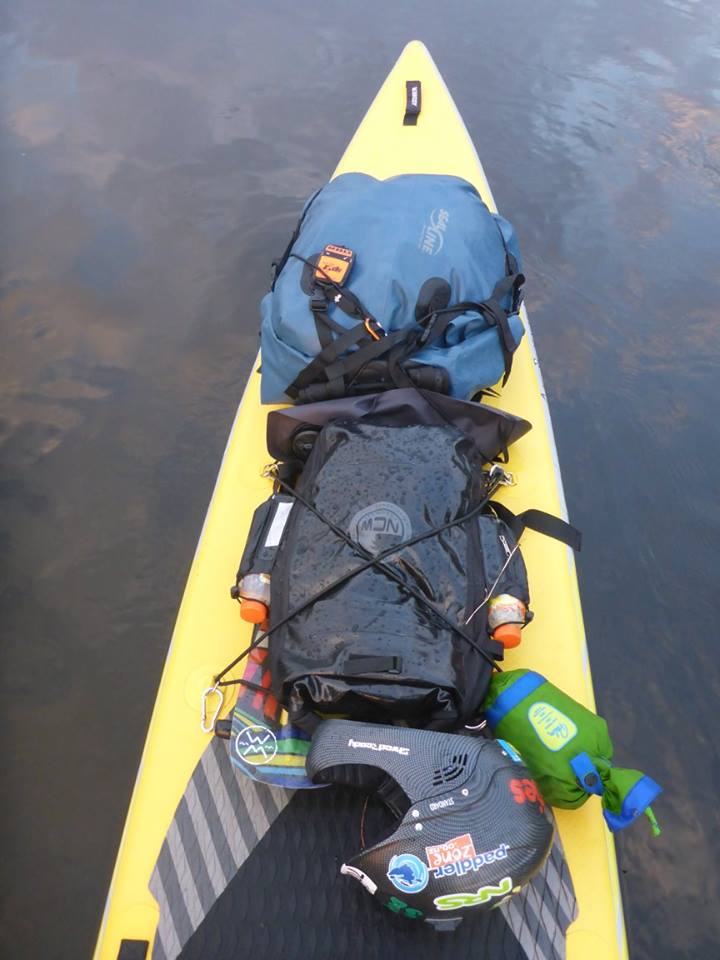
My second spot is the coastline of North Wales, Conwy, Menai Straits, and Abersoch. I guess these are my favourite spots. The Swellies in the Menai Straits are just the most amazing place to paddle.
Any particular SUP achievements you’re especially proud of?
I have done a few paddle expeditions now. Not sure I’m proud of anything that I have done. I just do it, as that is what I want to do. But some of the paddles I have done are –
- Paddled the length of the Severn River.
- First non-stop SUP circumnavigation of the Isle of Anglesey (18 hrs 35 mins overnight).
- Paddled non-stop across Scotland.
- In New Zealand I was the first person to complete the 30 year old Coast to Coast multisport event where participants have to run, ride and paddle across the 244kms of the South Island of New Zealand. It’s also believed that I am the first person to have paddled the total lengths of the Cultha, Rakaia and Waimakiriri Rivers.
I don’t really feel proud of those achievements, as anybody that has set their mind to something can achieve anything they want to at their own level and pace.
What do you still have on your bucket to do list as far as stand up goes?
I want to pass on the expeditioning skills that I have learnt and developed over the last few years. It’s odd that when attending courses in the past the instructors and leaders on the courses say that I have more experience than they do. Until recently I had been surprised I hadn’t been asked to help lead some of these courses. But I have now started working with a group in Scotland so watch this space.
I also have a few adventure paddles being planned; the most eminent one is the Yukon 1000 in July 2018. In a teams of two you have to paddle unsupported 1000 miles down the Yukon River. Paddling for 18hrs a day, carrying supplies for around 14 days, cleaning silt from the water from the river as you go for drinking, camping overnight, dodging bears and other river hazards as you go. It’s going to be an ‘oarsome’ experience.
Tell us about the gear you’re using – hardware and accessories.
I use a mixture of gear.
Boards: I use the O’Shea 108 or the O’Shea 90 WindSUP as my white water boards, GTE 130 Explorer and the beast of the fleet the GTO – a 172 collaboration with Farrel O’Shea designed for the circumnavigation of Anglesey. The GTO has got to be the most favourite ride of this selection. It’s got an amazing glide.
Paddles: My all time favourite paddle is my large bamboo blade O’Shea, then I have some Werner paddles and Red Paddle Co blades as spares. Another collaboration, this time with Celtic Paddle Ltd of Anglesey, has lead to the creation of a take down expeditioning rescue paddle. The paddle can be broken down and can create a short SUP paddle, or long SUP paddle, or it can create a traditional kayak paddle. This offers a unique paddle that will cover all eventualities.

Spot Gen 3 is my favourite personal locator beacon for off grid adventures, it is easy for friends and family to track you on your adventures. They can see where you are anytime of the day. Just by having the link to your tracker page and you are in total control with the ability to send an SOS from the unit you have with you.
Wetsuits: I have a mixture of O’Shea and North Coast Wetsuits (NCW) for those colder paddles. For normal paddles (is there such a thing?) I just use compression clothing and merino wool garments.
SUP footwear: I swear by Under Armour Speedform boots. Sadly, they have stopped making them now. Such a pity, they have amazing flat souls on them giving you a flat foot feeling of board connection. You wear them like a shoe, they stay put on your foot when you are on the SUP and if you have to leg it along the shore to reach someone quickly then you can run like stink.

Expedition and portage sacks: Once again I have a large collection of bags in various sizes, a lot of them are from NCW. All have different attributes, light weight, heavy weight, some have better deck tie down points, and others have harness systems for long portages. Some are bright so they can be seen at night.
Whitewater paddling: Full face helmet, elbow, shoulder, forearm, shin, knee, thigh and butt protection. Some laugh and call me “terminator” on my board. But seriously, I have been white water paddling since 2013 and I have had impacts all over my body. Some of these impacts have taken weeks and even months to heal and that is with wearing body protection. So having the right kit in the right place at the right time is well worth the name calling.
Quick release system: In 2013 when we first headed down the Severn River, Red Paddle Co gave us straight leg leashes which trailed in the water behind us. They were fine but created drag. A leash attached to the leg is not the best place to wear a leash on moving water. Way back then on that journey I put our leashes on kayaking river belts. It’s the best place to wear your leash when you are on moving water and offers an easy to reach option for quick lease when you want to ‘unhook’ from your board.
Drysuits: semi dry cags and trousers: I have a mixture of NRS, Palm Equipment and Peak UK kayaking cags and trousers spread between my kayaking kit bags in New Zealand and the UK. I love cags that have arm pockets. They are just so useful for carrying the things that you can’t fit in your PFD.
What makes these items essential for your paddling?
Because I usually spend my SUP training and adventures alone, as there are few mad enough to tackle a through the night 121km non-stop paddle around an island (some tricky waters in the dark), I need to make sure my kit works for me. By having a large selection of different equipment I can choose the best piece for the adventure and the mis-adventures that may develop while I’m on my paddle excursion.
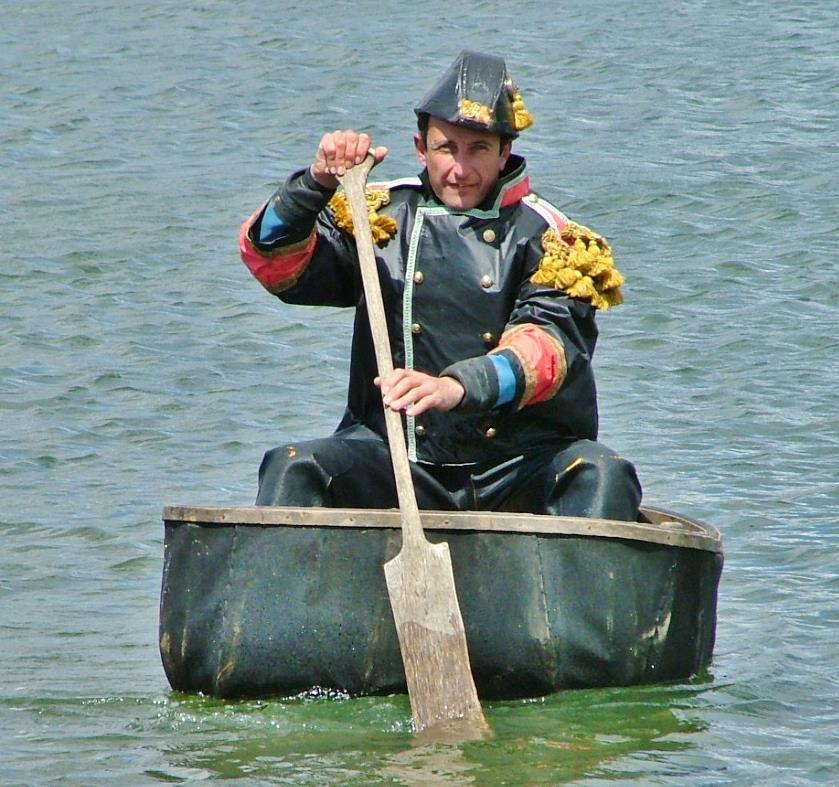
Being alone is not a worry. I have my VHF, telephone, Spot Gen 3 and people have my planned paddle route, they know when I’m not where I’m meant to be. But I have the control. My kit has the ability to keep me warm, dry and safe. If I didn’t have the right bits of kit then it would be a different matter.
Any big SUP plans for 2018?
Yukon 1000: everything is focusing on that at the moment, kit choices to make, planning what food, how to filter sediment fast from river water while paddling, sleeping kit and shelter to take. You might think it’s just a SUP paddle but bear spray, bear barrels and bear bells. There are LOTS of bears so there is masses to plan and get sorted.
And what about overseas? And trips back home to New Zealand or to further flung corners of the globe?
I’m always dreaming of an adventure somewhere – especially New Zealand. It would be great to have an international brand sponsor that would send you off on an adventure somewhere like some of the American paddlers get to go on.
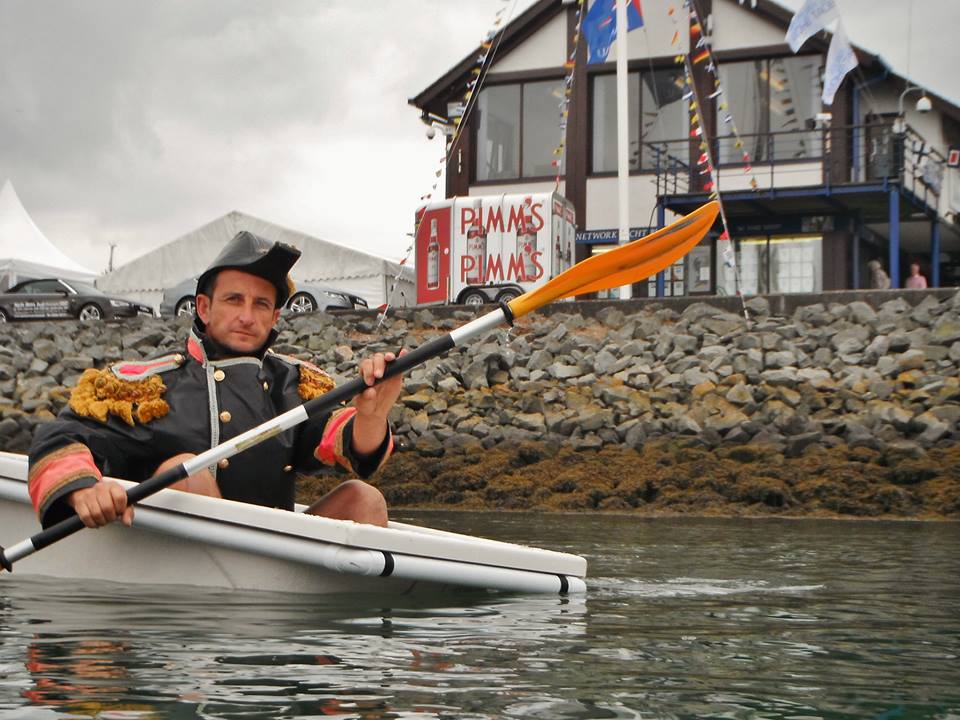
I try to afford home trip to see my folks and friends in NZ most years. Basically that means I go home to work for four weeks and paddle as much as I can. For the last three years I have managed it and been doing my own mini SUP tour of the South Island, stopping off at all the great SUP location as I go. So I am up for that one again.
If you could SUP anywhere at all where would you choose and why?
Oh that one is easy: where the sun shines all day, it’s not too hot, nor too cold, the wind doesn’t blow strong or if it does it comes from behind.
How do you see stand up generally. Is it still a growth area of watersports for instance?
Yes, I still see it as a growth sport. It will continue to grow. I think numbers may slacken off a little. But generally there is a mass of people out there that have seen SUP and still haven’t tried it out yet.
There seems so much club emphasis on racing. I’m really not interested in racing I’m more into adventuring. I like to paddle to see what is around the corner and more into fun than competition. To me it seems that clubs dominate their member’s choices. Putting on races has in the past seemed the easiest options for clubs to create a following.
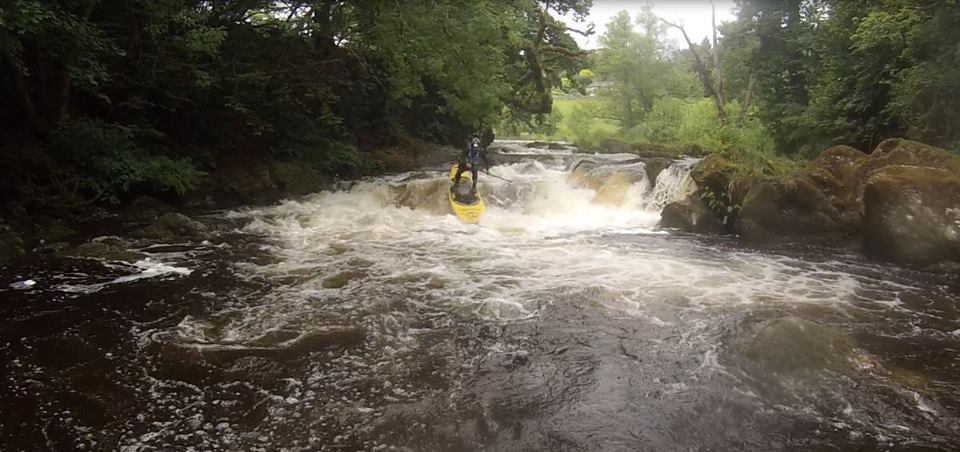
It’s good to see that environmental SUP activities have started to grow. With litter picks happening up and down the waterways of the UK. Hopefully this environmental interest will continue and groups will start to look at how and where they enter the water, creating sustainable egress points and help maintain the banks and shorelines of their paddle environments.
What about numbers coming through the doors of Green Dragon Activities? What sort of numbers are you forecasting?
Sadly, we only really see holiday makers and planned group events. We gave up a couple of years ago promoting classes for improvers or running learning sessions. Our SUP qualification provider at that time didn’t really have any school options. Most people learn to SUP local to their homes and visit centres and/or clubs nearby. The clubs or centres then control their member’s paddle habits.
It’s really interesting to then see that club or centre members come along on holiday to see how they are paddling. Some people just aren’t getting the right tuition or when they are away from their club/centre instructors just aren’t getting it right. But hey they can get from A to B and it’s holiday time so let’s say work in progress!!
Where do you see SUP going in the future?
Well it won’t be up the creek without a paddle! I think it will keep on growing; it may and probably will level off sometime, But that’s not yet. I see a time when a glut of second hand boards flood the market. After all you can only paddle one board at a time!
How can we help the sport along and see it continue to grow?
SUP tuition is a baby at the moment. There are so many parents running around with big puffy chests saying that they are the best qualification provider. They all suggest they have the best content. When the content isn’t decided nor complete and some instructors don’t even have the skill sets to display techniques correctly, it all falls apart.

Lesson and leader qualifications need to be thought through and streamlined before they are put out to students. Not grown as you go along. Leaders with real adventure outdoor time only awarded qualifications on their worth. Not on the fact that more leaders are needed. SUP racing is growing fast and before long the gap between the rest of the world and the UK will diminish. Our racers will be mixing it up with the rest of the world soon enough.
Any final thoughts on SUP in general?
Yup, get out there paddle straight. Be true to yourself, have a smile on your face, as you never know who is watching you. Your pace; your level; paddle forever.
